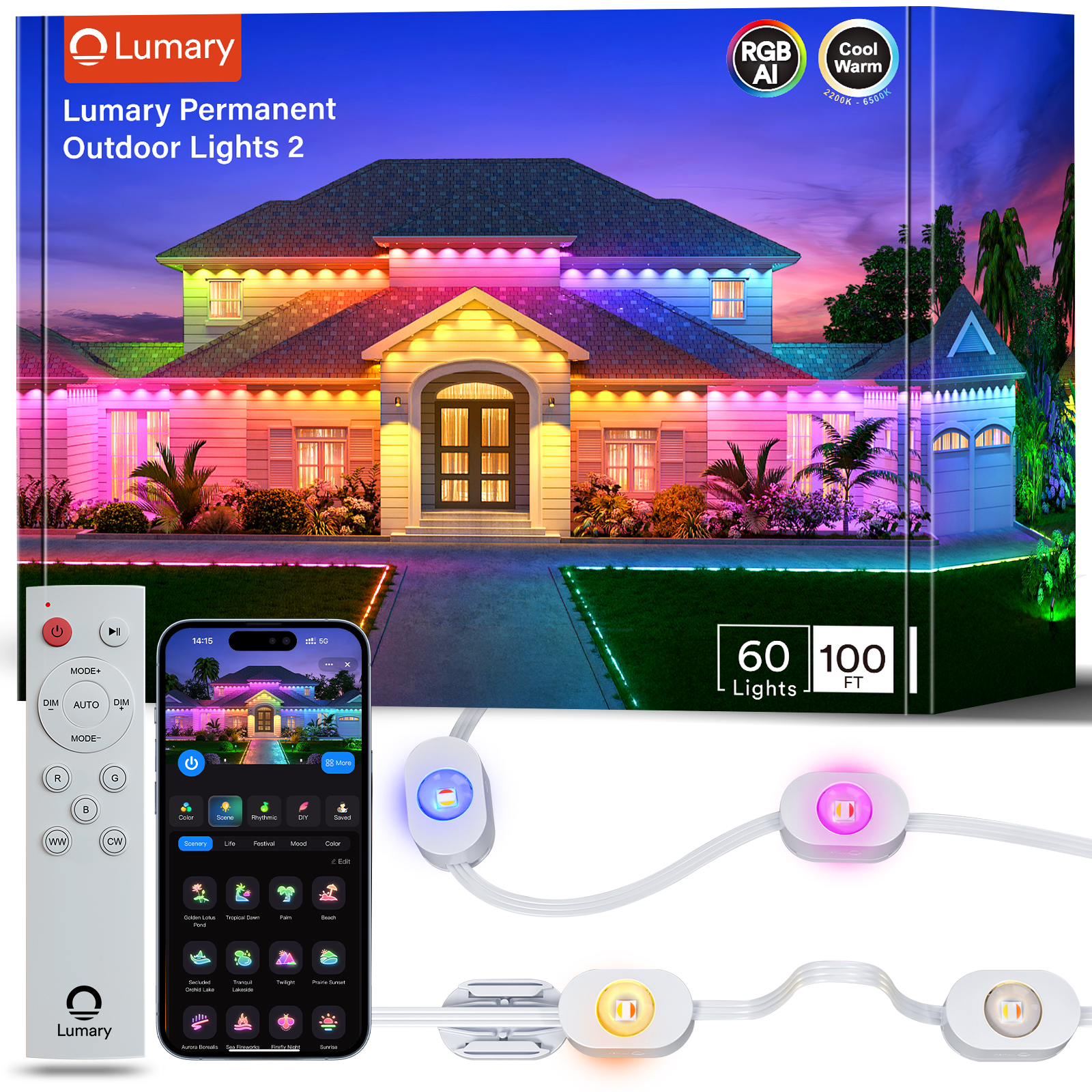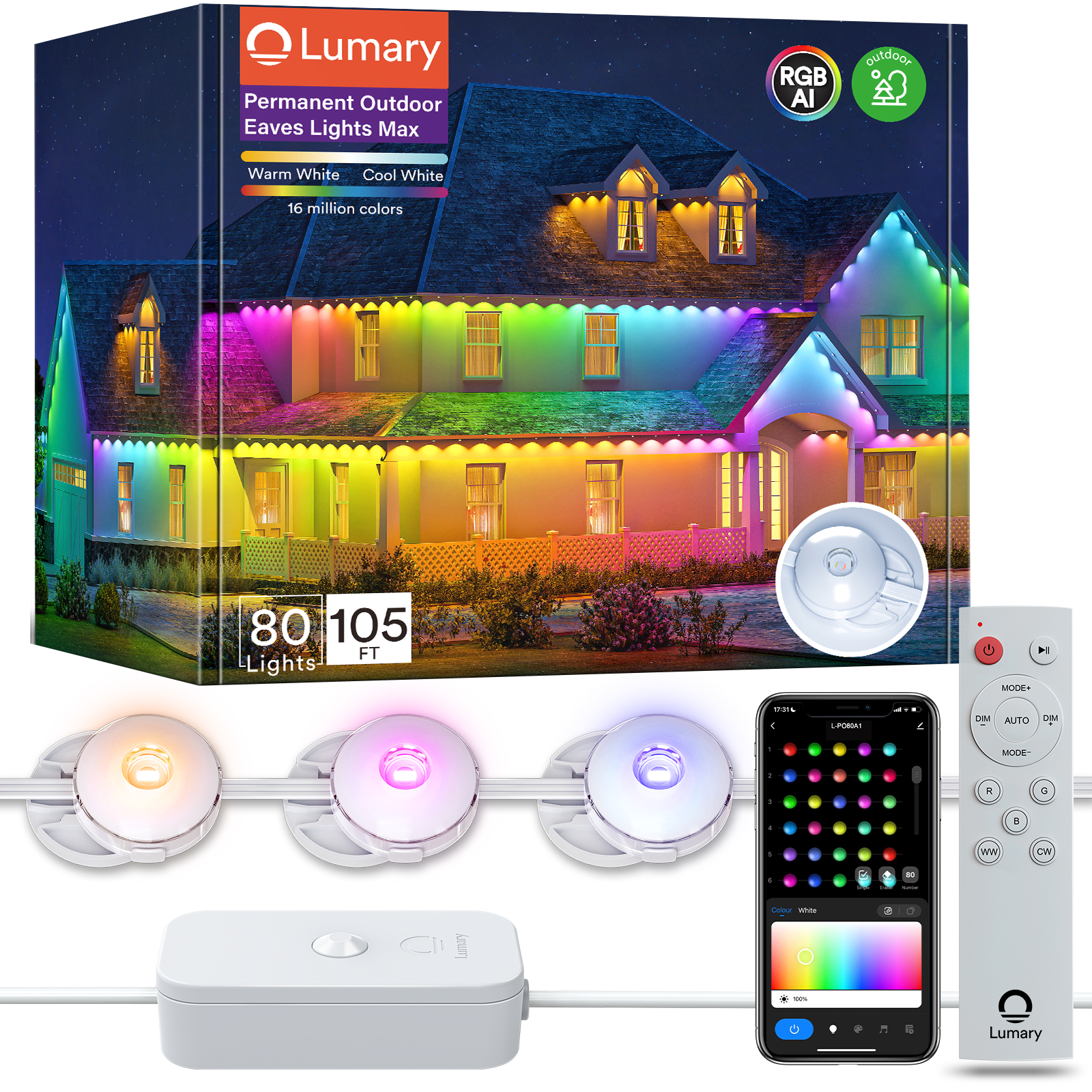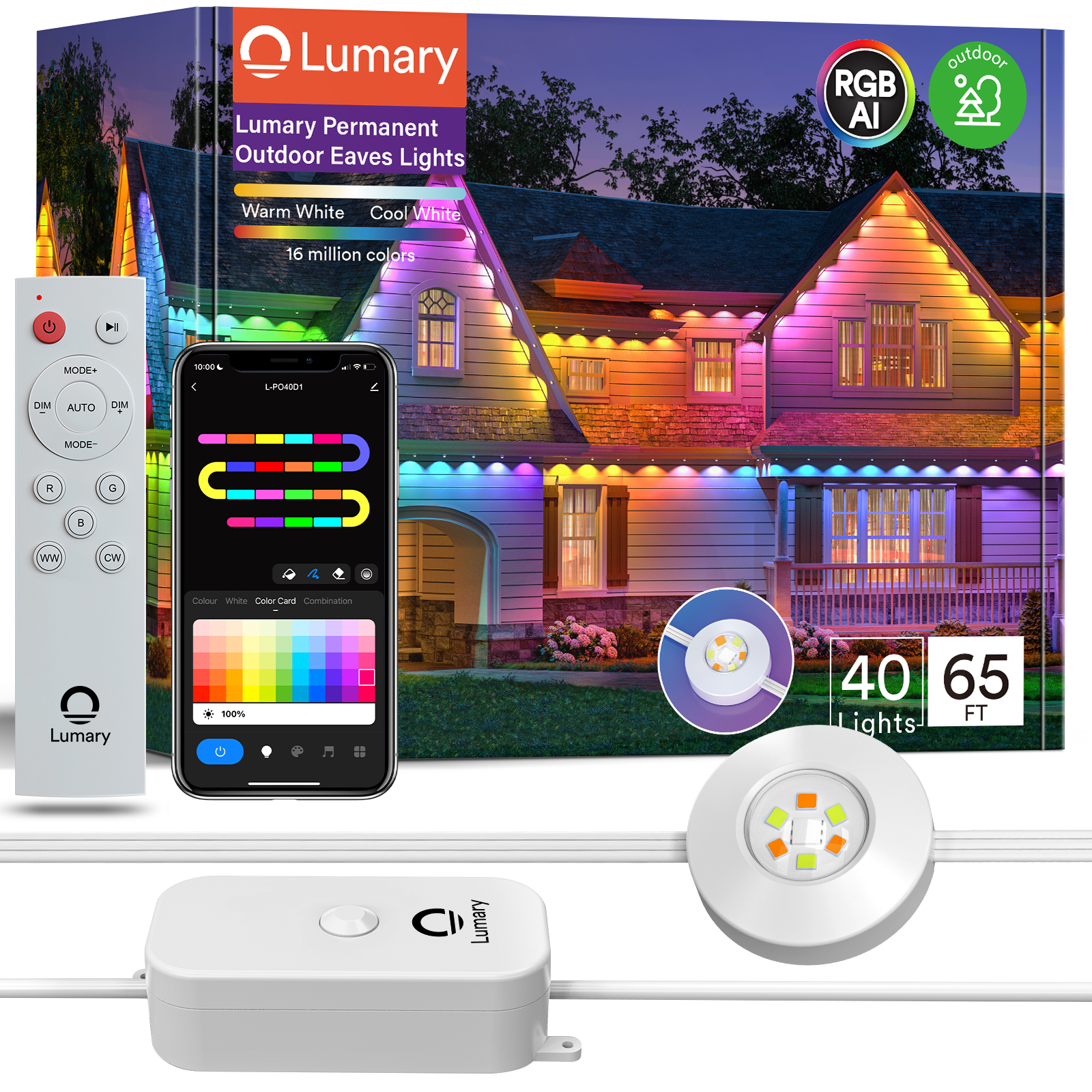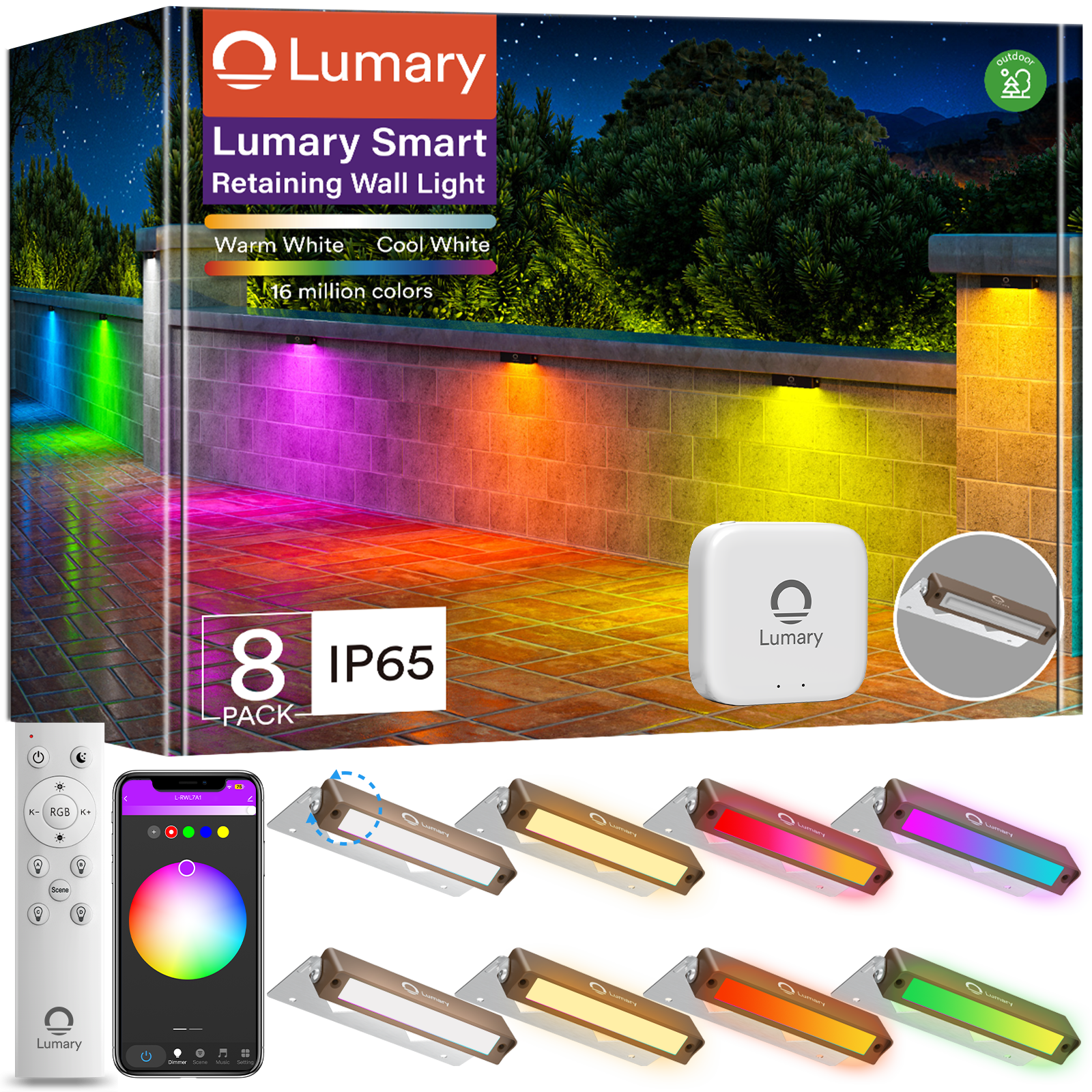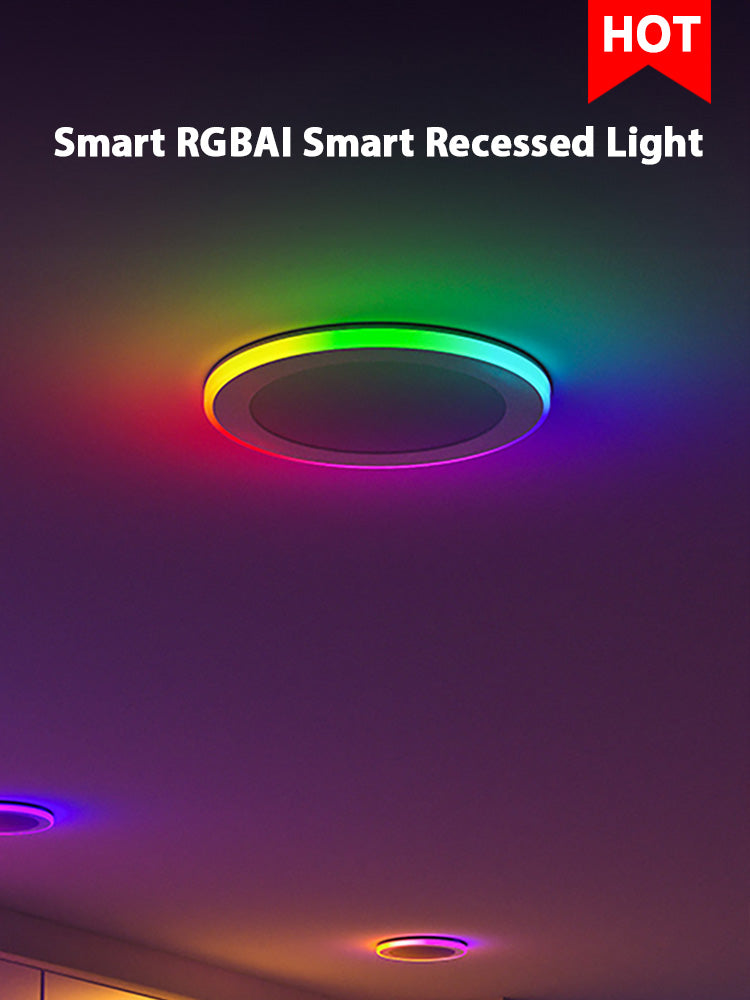You can turn every room in your home into a cozy atmosphere with warm light. Picture yourself coming home after a long day, wanting to relax and unwind. Many people love using warm lighting to give their space a gentle, welcoming glow—especially when the days feel dark or cold. Warm light helps you slow down, feel comfortable, and even brings a touch of hygge to your evenings. By using warm lighting the right way, you create a space that feels like a soft embrace. These simple changes work in any home.

Key Takeaways
-
Warm light makes rooms feel cozy and calm. It helps you relax and feel at home in every space.
-
Pick bulbs with color temperatures from 2700K to 3000K. These give a soft, warm glow that works well in living rooms and bedrooms.
-
Use different lights like lamps, candles, and string lights together. This adds layers and makes your space feel warmer.
-
Use dimmers to change how bright the lights are. This saves energy and helps rooms feel nice any time.
-
Mix warm and cool lights in kitchens and bathrooms. This keeps things comfy but also lets you see clearly for tasks.

Warm Light Basics
What Is Warm Light?
You might wonder what makes warm light different from other types of lighting. Warm light has a soft, cozy glow that feels like a sunset or candle flame. It usually comes from warm-toned light bulbs with color temperatures between 2700K and 3000K. These bulbs give off yellow, orange, or even reddish hues. If you compare warm light to cool light, you’ll notice a big difference in how each one looks and feels.
Here’s a quick table to help you see the contrast:
|
Aspect |
Warm Light |
Cool Light |
|---|---|---|
|
Color Temperature |
Below 3000K (red, orange, yellow hues) |
Above 4000K (bluish-white hues) |
|
Appearance |
Red, orange, or yellow tones |
Bluish-white tones |
|
Mood/Atmosphere |
Cozy, soft, relaxing, calming |
Bright, sharp, energizing, alert |
|
Examples |
Candlelight, halogen lamps, yellow LEDs |
Daylight, clear sky light |
Warm-toned light bulbs are perfect for living rooms and bedrooms because they create a gentle, inviting atmosphere. You’ll find that using warm lighting makes your home feel more comfortable and less harsh than cool lighting. If you want the best ways to achieve warm lighting, start by choosing bulbs in the 2700K to 3000K range.
Tip: Look for light bulbs labeled “warm white” or “soft white” when shopping for your next lamp or fixture.
Benefits of Warm Lighting
Using warm lighting in your home does more than just change how things look. It can actually help you relax and feel better. Studies show that warm lighting supports a calm mood and helps reduce stress. When you use warm light in the evening, your body gets signals to wind down, making it easier to rest and recharge.
Here are some benefits you’ll notice:
-
You feel more relaxed and comfortable.
-
Your rooms look softer and more welcoming.
-
Warm lighting can improve your mood and even help with sleep.
-
It’s easier to create a cozy vibe for family and guests.
Research found that older adults who spent evenings in warm lighting had better mood and cognitive performance. Another study showed that warm light helps people feel less confused and more at ease, especially in white-colored rooms. If you want to boost relaxation, using warm lighting is a smart choice.
You don’t need fancy equipment to get started. Just swap out your old bulbs for warm-toned light bulbs and add lamps or fixtures that spread light gently. You’ll see how lighting can transform your space and make every room feel like home.

Living Room Warm Light
Ambient Lighting Ideas
You want your living room to feel cozy and welcoming. Warm lighting can help you create that perfect atmosphere. Start by choosing warm-toned light bulbs in the 2000K to 3000K range. These bulbs give off a soft glow, much like firelight, which makes your space feel relaxing.
Here are some great ways to add ambient lighting to your living room:
-
Place lamps with fabric lampshades around the room. The shades help spread light softly, so you avoid harsh brightness.
-
Use floor lamps and table lamps in different corners. This spreads the light evenly and makes the whole room feel warm.
-
Try uplights that shine light upwards. These can brighten dark corners without making the room too bright.
-
Add downlights on tables or shelves for a gentle, downward glow.
-
Light a few candles for a flickering, cozy touch. Pillar, tealight, or taper candles all work well.
-
Hang string lights or twinkly lights for a bit of fun and a gentle, warm glow.
Tip: Mixing different warm-toned light fixtures helps you create a layered look that feels both inviting and stylish.
Layering with Lamps and Strips
Layering your lighting is the secret to a truly comfortable living room. Lighting designers suggest using a mix of ambient, task, and accent lighting. This way, you avoid dark corners and harsh shadows.
-
Use warm white bulbs (2700K to 3100K) in all your lamps and fixtures. This keeps the whole room feeling cozy.
-
Combine floor lamps, table lamps, wall sconces, and even chandeliers for a balanced look.
-
Add LED strips behind your TV or under furniture. These strips give off a soft, indirect light that adds depth and warmth.
-
Try smart or dimmable lighting options. You can adjust the brightness and warmth to match your mood or the time of day.
-
Pick wall colors with warm undertones. These colors reflect the warm lighting and make the room feel even more inviting.
When you layer your lighting, you fill the space with gentle, warm light. Your living room becomes a place where everyone wants to relax.
Bedroom Warm Light
Relaxing Bedside Lighting
Your bedroom should feel like a peaceful retreat. The right lighting can help you relax and get ready for sleep. Start by choosing soft, warm lighting for your bedside. Lamps with fabric shades work well because they spread light gently. You can also use dimmable bulbs to control the brightness. This lets you set the mood for reading or winding down.
Here are some simple ways to create a relaxing bedside setup:
-
Place a small lamp on each nightstand for easy access.
-
Pick bulbs with a color temperature between 2700K and 3000K for a cozy glow.
-
Try smart bulbs that let you adjust the color and brightness with your phone.
-
Add a touch of nature with wooden lamp bases or shades.
-
Avoid bright, cool lights in the evening. These can make it harder to fall asleep.
Tip: Layer your lighting by combining a main ceiling light with bedside lamps and maybe a small reading light. This gives you options for every mood.
Indirect and Accent Options
You can make your bedroom feel even cozier with indirect and accent lighting. These techniques help you avoid harsh shadows and create an intimate ambiance. Indirect lighting, like cove lighting or hidden LED strips, bounces light off the ceiling or walls. This makes the room feel soft and welcoming.
Try these ideas to boost comfort:
-
Install LED strips behind your headboard for a gentle backlight.
-
Use cove lighting near the ceiling to spread light evenly.
-
Highlight special features, like artwork or shelves, with small accent lights.
-
Keep the brightness of mood lighting at about half of your main lights.
-
Choose warm color temperatures for all your lights to keep the space inviting.
-
Use smart controls to change the lighting for reading, relaxing, or sleeping.
When you layer different types of lighting, your bedroom becomes a calm and restful place. You can experiment with different setups until you find what feels best for you.
Kitchen Lighting Tips
Mixing Warm and Cool Light
You spend a lot of time in your kitchen, so you want it to feel both bright and welcoming. The best way to do this is with a mix of lighting sources. Warm light makes your kitchen feel cozy, while cool light helps you see clearly when you cook or clean. You do not have to pick just one. Try a mix of warm and cool lights to get the best of both worlds.
Here are some ways to use a mix of lighting sources in your kitchen:
-
Use warm ceiling lights or pendant lights over your island or table. These give your kitchen a soft, inviting glow.
-
Add cool white lights above your stove or sink. These help you see better when you need to focus.
-
Try a mix of bulbs in different fixtures. This lets you change the mood for cooking, eating, or hanging out with friends.
Tip: If you use dimmable lights, you can adjust the brightness and warmth to fit any time of day.
Under-Cabinet and Task Lighting
Under-cabinet and task lighting can change the way your kitchen feels. These lights shine right where you need them, like on your counters or cutting boards. When you use warm white under-cabinet lights, you get a soft, yellowish glow that feels like sunrise or sunset. This glow makes your kitchen feel cozy and welcoming, especially if you have wood cabinets or natural colors.
A mix of lighting sources helps you see what you are doing and keeps the space comfortable. Under-cabinet lights also make your kitchen safer by lighting up work areas. Some lights let you switch between warm and cool settings, so you can pick the right mood for any moment. You might want a warm, homey feel for dinner or a brighter light for meal prep.
-
Warm under-cabinet lights highlight wood tones and soften colors.
-
Adjustable lights let you change the color temperature for different tasks.
-
A mix of lighting sources makes your kitchen both practical and beautiful.
Note: Good task lighting helps you cook safely and makes your kitchen a place where everyone wants to gather.

Bathroom Lighting
Vanity and Mirror Lighting
You want your bathroom to feel bright and welcoming, especially around the mirror. The right lighting helps you see clearly and makes your morning routine easier. If you place lights on both sides of your mirror at eye level, you get even light on your face. This setup helps you avoid harsh shadows that make it hard to see.
Here’s a quick table to help you choose the best options for your vanity and mirror:
|
Aspect |
Recommendation |
|---|---|
|
Fixture Placement |
Side-mounted vertical fixtures or sconces at eye level on either side of the mirror |
|
Perimeter Lighting |
Lighting around the entire mirror for even illumination (more costly) |
|
Color Temperature |
Warm light between 2700K and 3500K; 3000-3500K balances warmth and clarity |
|
Bulb Type |
LED bulbs for energy efficiency and long life |
|
Light Intensity Control |
Use dimmers to adjust light for different times of day |
|
Lighting Avoidance |
Avoid overhead-only lighting to reduce shadows |
|
Safety Considerations |
Use wet-rated fixtures and GFCI outlets for safety |
You can also use LED bulbs with a warm color temperature. These bulbs last a long time and save energy. If you add a dimmer switch, you can change the brightness to fit your mood. Try to avoid using only overhead lights. They often create shadows that make it hard to see your face clearly.
Creating a Cozy Feel
You can turn your bathroom into a relaxing retreat with the right lighting. Soft, warm lights help you feel calm and comfortable. Many people use several light sources to create a cozy ambiance. For example, you might use a bright white light above the mirror for getting ready, and a gentle yellow light near the bathtub for relaxing.
Try these tips to boost coziness in your bathroom:
-
Use dimmable lights so you can lower the brightness when you want to unwind.
-
Place small lamps or LED strips on shelves for a gentle glow.
-
Pick bulbs with a warm color temperature, like 2700K or 3000K.
-
Choose fixtures that spread light softly, such as frosted glass or fabric shades.
Lighting does more than help you see. It shapes how you feel in the space. When you use warm lighting, your bathroom feels less like a work zone and more like a spa. You can enjoy a cozy soak or a peaceful moment at the end of the day.
Dining Room Atmosphere
Warm and Inviting Atmosphere
You want your dining room to feel special every time you sit down for a meal. The right lighting helps you create a warm and inviting atmosphere that makes everyone feel comfortable. Start by thinking about how you use the space. Do you host family dinners, celebrate holidays, or enjoy quiet breakfasts? Each moment feels better when you set a warm and inviting atmosphere.
To achieve this, try these simple ideas:
-
Layer your lighting. Combine ambient, task, and accent lights to fill the room with a warm and inviting atmosphere.
-
Pick bulbs with soft yellow or amber tones. These colors help you set a cozy mood and make food look more appealing.
-
Use pendant lights or a chandelier over the table. This draws attention to the center of the room and adds style.
-
Add wall sconces or spotlights to highlight artwork or special features. These touches add depth and warmth.
-
Choose dimmable, energy-efficient LED bulbs. You can adjust the brightness to match the occasion and keep the warm and inviting atmosphere just right.
-
Think about where you place each light. Avoid harsh overhead lights that can make the room feel cold.
Tip: The right mix of lights and colors helps you create a warm and inviting atmosphere for every meal, from casual snacks to big celebrations.
Dimmers and Chandeliers
Dimmers and chandeliers work together to give your dining room a warm and inviting atmosphere. Dimmers let you control the light level. You can make the room bright for homework or crafts, then lower the lights for a cozy dinner. This flexibility helps you keep the warm and inviting atmosphere no matter what you’re doing.
Chandeliers do more than light up the room. They act as a beautiful centerpiece and set the tone for the whole space. Many modern chandeliers come with dimming features, so you can adjust the glow to fit your mood. The materials and style of your chandelier also play a big part in the warm and inviting atmosphere. Glass, brass, or wood finishes can add elegance or a rustic touch.
Here’s a quick table to help you see how dimmers and chandeliers boost your dining room:
|
Feature |
How It Helps Create a Warm and Inviting Atmosphere |
|---|---|
|
Dimmers |
Adjust brightness for any occasion, from bright to soft |
|
Chandeliers |
Add style and focus, often with dimming options |
|
Warm Bulbs |
Keep the glow cozy and welcoming |
|
Layered Lights |
Fill the room with gentle, even light |
When you use dimmers and a chandelier together, you can always set the perfect warm and inviting atmosphere. Your dining room becomes a place where everyone wants to gather, talk, and enjoy good food.
Hallways and Entryways
Welcoming Warm Light
You want your hallway or entryway to greet you with a cozy feeling every time you walk in. Warm lighting makes these spaces feel friendly and safe. You can choose from many fixtures that add style and comfort. Here are some great options:
-
Pendant lights create a bold focal point and fill the space with light.
-
Wall sconces give off a soft glow and work well in narrow hallways.
-
Chandeliers add elegance and can match your home's style.
-
Classic globe lights offer a clean look and spread light evenly.
-
Neon lights bring a playful touch with fun shapes and colors.
-
Minimalist wall lights keep things simple and highlight art or photos.
-
Vintage details, like lanterns or taper candles, add charm.
-
Recessed puck lights provide subtle lighting for a modern feel.
You can use LED bulbs for most fixtures. They last a long time and save energy. Warm LED bulbs (2700K–3000K) give your entryway a gentle, welcoming glow. If you want a traditional look, incandescent bulbs work well, but they use more energy. Smart bulbs let you change the color and brightness with your phone, so you can set the mood for any occasion.
Tip: Pair wall sconces with mirrors to reflect light and make your hallway look bigger and brighter.
Highlighting Features
Warm lighting does more than just brighten your hallway—it helps you show off special details. You can use different lighting layers to make your space stand out.
-
Start with ambient lighting from ceiling or recessed fixtures for general brightness.
-
Add task lighting, like wall sconces or pendants, near doors or benches for focused light.
-
Use accent lighting, such as LED strips or track lights, to highlight crown molding, artwork, or family photos.
-
Install dimmers to control the mood and adjust brightness for day or night.
Modern wall sconces add both style and soft light, making artwork and architectural details pop. LED-compatible fixtures let you use warm, dimmable bulbs for energy savings and mood control. Decorative sconces, like lanterns or wallchieres, can become standout pieces that draw attention to your favorite features.
|
Lighting Layer |
Purpose |
Example Fixture |
|---|---|---|
|
Ambient |
General illumination |
Ceiling lights |
|
Task |
Focused, practical lighting |
Wall sconces, pendants |
|
Accent |
Highlighting features |
LED strips, track lights |
Warm lighting in your hallway or entryway helps you create a space that feels inviting and shows off your home's personality.
Outdoor Warm Lighting
Porches and Patios
You want your porch or patio to feel like an extension of your home. Warm lighting helps you create a space where you can relax, entertain, or just enjoy the evening breeze. You have many options to make your outdoor area glow with comfort and style.
-
String lights: These are easy to hang and instantly add a festive, cozy vibe. You can drape them along railings, overhead beams, or even wrap them around trees.
-
Lanterns: Place them on tables or hang them from hooks. Lanterns bring charm and a gentle glow to any corner.
-
Wall sconces: Mount these near seating areas or entryways. They define spaces and provide inviting light without being too bright.
-
Pendant lights: Hang these above dining tables or covered patios. They create a focal point and make meals feel special.
-
Candles: Set a few on tables for a soft, romantic touch. Candles are affordable and give off a soothing light.
-
Fire pits and chimineas: These add warmth and a natural glow, perfect for gathering with friends or family.
-
Battery-powered lights: Move them wherever you need extra light. No cords mean less hassle.
-
Bluetooth-controlled lighting: Change the mood with your phone. You can pick colors or brightness for parties or quiet nights.
Tip: Choose weather-resistant LED string lights for durability. Hang them creatively to boost ambiance and make your porch or patio feel magical.
Pathways and Safety
You want to enjoy your outdoor spaces after sunset without worry. Warm pathway lighting helps you see where you’re going and makes your yard look welcoming.
-
Path lights: Place these along walkways to guide your steps and prevent trips or falls. Warm white LEDs (2700K–3000K) reduce glare and make it easier to spot obstacles.
-
Recessed lights: Install these in deck boards or railings for subtle, elegant illumination.
-
Post cap lights: Mount these on deck posts to outline paths and add a polished look.
-
Solar-powered lights: These are easy to install and save energy. They keep your paths bright all night.
-
Garden lighting: Use uplighting or backlighting to highlight plants and create a cozy atmosphere.
Warm pathway lighting does more than keep you safe. It casts a soft glow that encourages evening strolls and lingering conversations. Your outdoor space feels secure and comfortable, and you can enjoy it long after the sun goes down.
Note: Lighting along pathways improves curb appeal and transforms your yard into a welcoming retreat.

Warm Lighting Strategies
Using Dimmers
Dimmers give you control over your lighting. You can easily create different moods in any room by turning the lights up or down. Want a bright space for reading? Turn the dimmer up. Need a soft glow for movie night? Lower the lights for a cozy feel. Dimmers help you save energy and money because you use less electricity when the lights are not at full power. They also make your bulbs last longer since they do not get as hot.
Here are some reasons to use dimmers in your home:
-
Adjust lighting for any activity, from homework to relaxing.
-
Lower energy bills and extend bulb life.
-
Support better sleep by dimming lights before bedtime.
-
Make your rooms feel more comfortable and welcoming.
|
Advantage |
Description |
|---|---|
|
Energy Savings |
Lower light output means less electricity used and longer bulb life. |
|
Mood Control |
Easily set the right atmosphere for any occasion. |
|
Comfort |
Soft lighting helps you relax and unwind. |
|
Design Flexibility |
Dimmers let you match the light to your room’s style and needs. |
Tip: Install dimmers in living rooms, bedrooms, and dining areas to get the most out of your warm lighting.
Decorative and Reflective Elements
You can boost the warmth in your home with a few simple tricks. Try adding candlelight to your living spaces. Candlelight gives off a gentle, flickering glow that feels relaxing and special. Place candles on tables, shelves, or even in the bathroom for a spa-like touch. Three or four candles grouped together can make a big impact.
Brass fixtures and mirrors also help spread warm light. Brass reflects golden tones, making your space feel richer. Mirrors bounce light around the room, so even a small lamp or a few candles can brighten up the whole area. Hang a mirror across from a lamp or a cluster of candlelight to double the effect.
Affordable options like string lights and LED strips work well, too. String lights are easy to hang and add a playful, cozy vibe to bedrooms, patios, or hallways. LED strips can go under cabinets, behind headboards, or along shelves. Both options use warm white bulbs, so your home always feels inviting.
Note: Layering different light sources—lamps, string lights, candlelight, and reflective surfaces—helps you avoid the common mistake of using only one light source. This way, your rooms never look flat or dull.
Warm light makes every room feel cozy, relaxing, and welcoming. You can enjoy these benefits:
-
Better sleep and less stress at night
-
A soft golden glow that highlights your favorite decor
-
A calm mood that helps you unwind
Try these ideas to see what works best for you:
-
Layer lamps, candles, and string lights for a warm effect.
-
Use dimmers to set the perfect mood.
-
Mix warm colors and brass accents for extra comfort.
Even small changes in lighting can turn your home into a peaceful retreat. Give these tips a try and see how much warmer and more inviting your space can feel!
FAQ
What is the best color temperature for warm lighting at home?
You want to look for bulbs between 2700K and 3000K. This range gives you a soft, cozy glow that feels relaxing and inviting in any room.
Can I use warm light in rooms with little sunlight?
Yes! Warm light works great in spaces that do not get much sun. You can also incorporate natural light by using sheer curtains or mirrors to brighten up the space.
How do I make my lighting feel cozy without spending a lot?
Try using string lights, candles, or LED strips. Place lamps in corners and add dimmers. These simple changes help you create a warm, cozy vibe without breaking your budget.
Should I mix warm and cool lights in the same room?
You can mix them, especially in kitchens or bathrooms. Use warm light for relaxing areas and cool light for tasks. This way, you get both comfort and good visibility.
Do warm lights save energy?
Warm lights can save energy if you choose LED bulbs. LEDs use less power and last longer than old-style bulbs. You get a cozy feel and lower bills at the same time.


